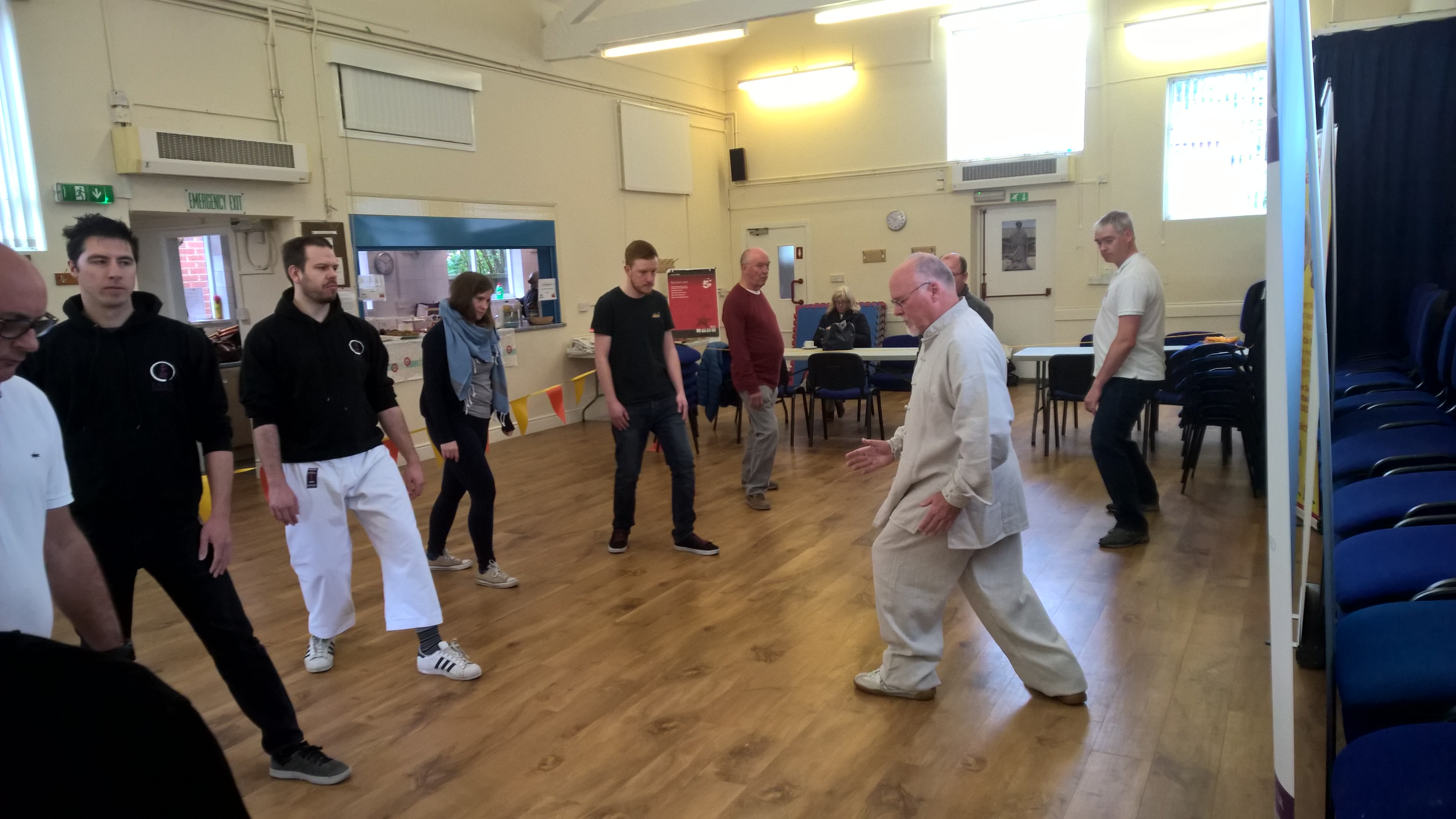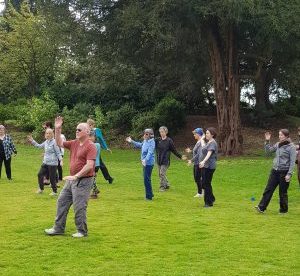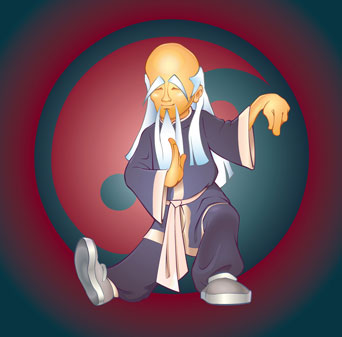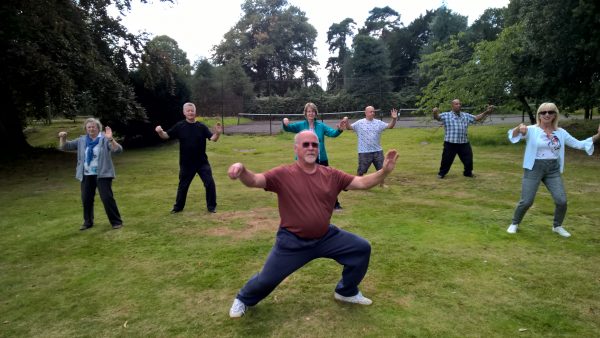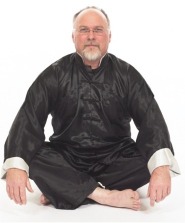Tai Chi is a bit like one of those online computer games where you start in a small world and need to work out what it is all about so as to open up another level after level on an apparently infinite journey. But this is real and you need to find and to learn to use all aspects of your body, mind and emotional spirituality. The exercises and a teacher offer tools for you to explore and to motivate.
Or perhaps like buying a jigsaw puzzle with a vague picture on the box and only a few pieces. Once you have assembled these you gain some more pieces, gradually you find gaps without pieces, you have to make pieces which fit and make sense of the picture. But the fit of each piece depends not just on the shape or image, matching other elements like texture, smell, squiginess and attitude are just as important.
At no point is it ever what you think it is, it is never the same, everybody experiences it differently, new doors open frequently. Age enables the integration of beneficial experience and learning – you get better as you get older.
Many worlds Tai Chi
27/02/2020